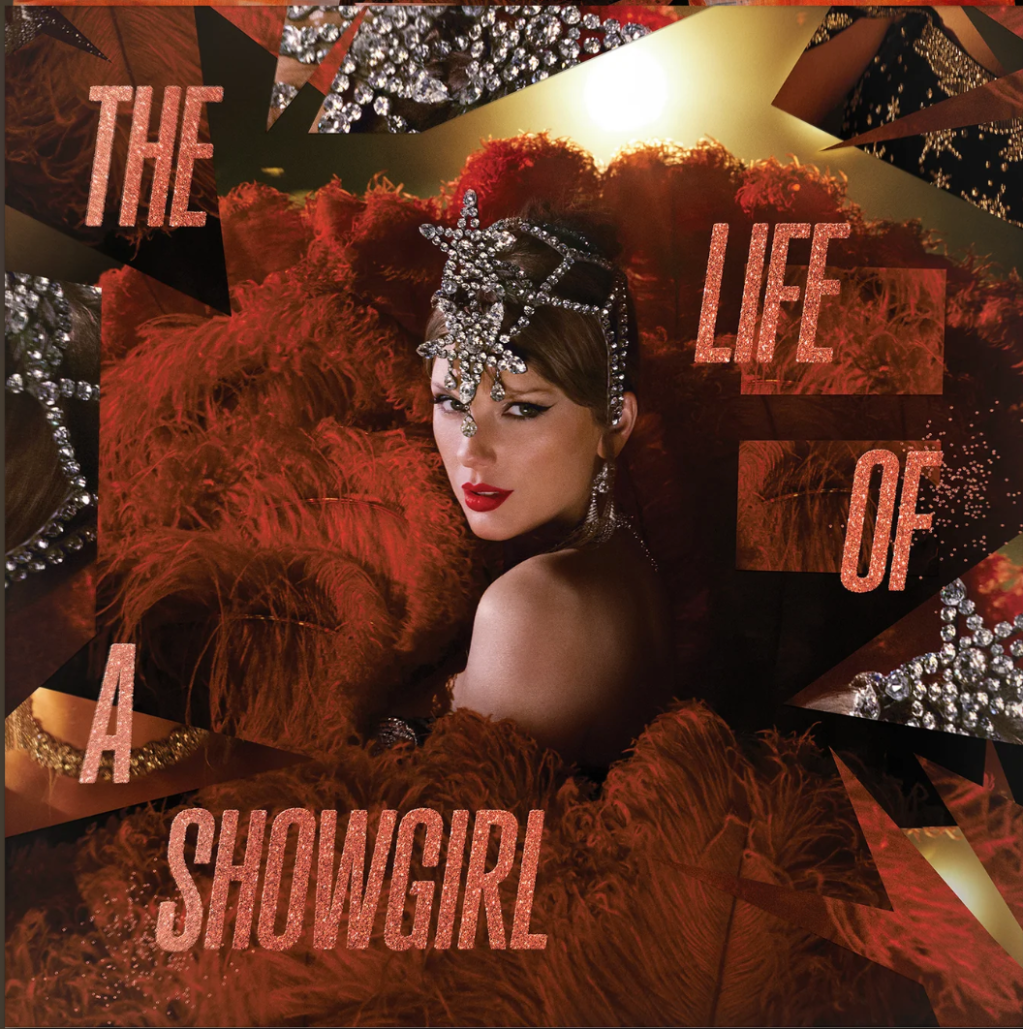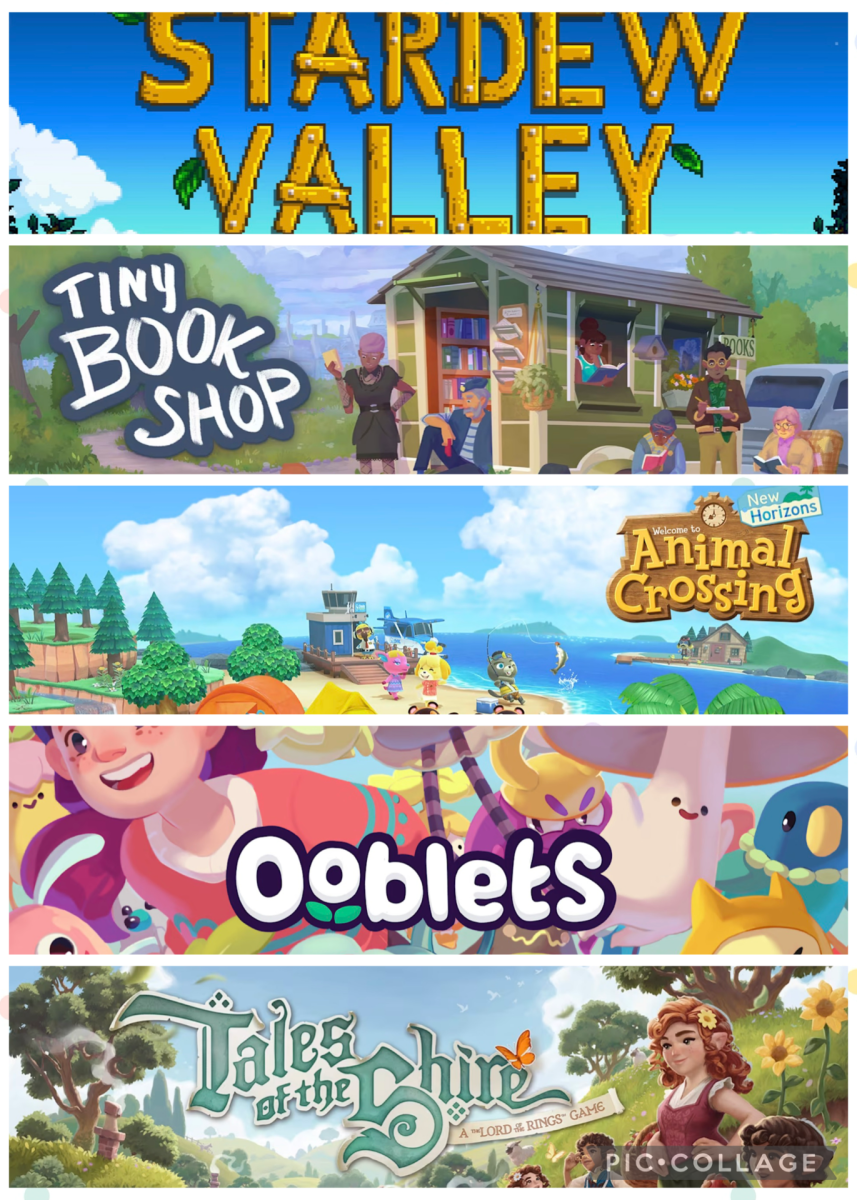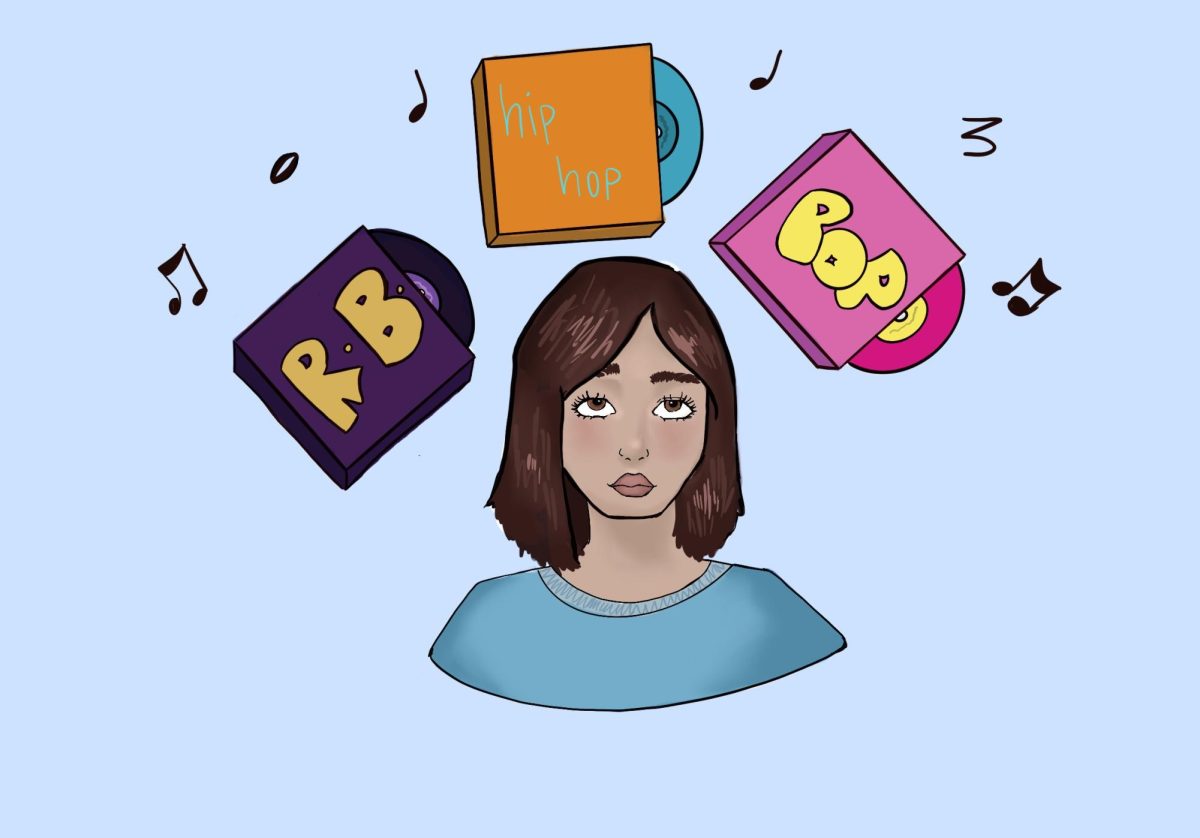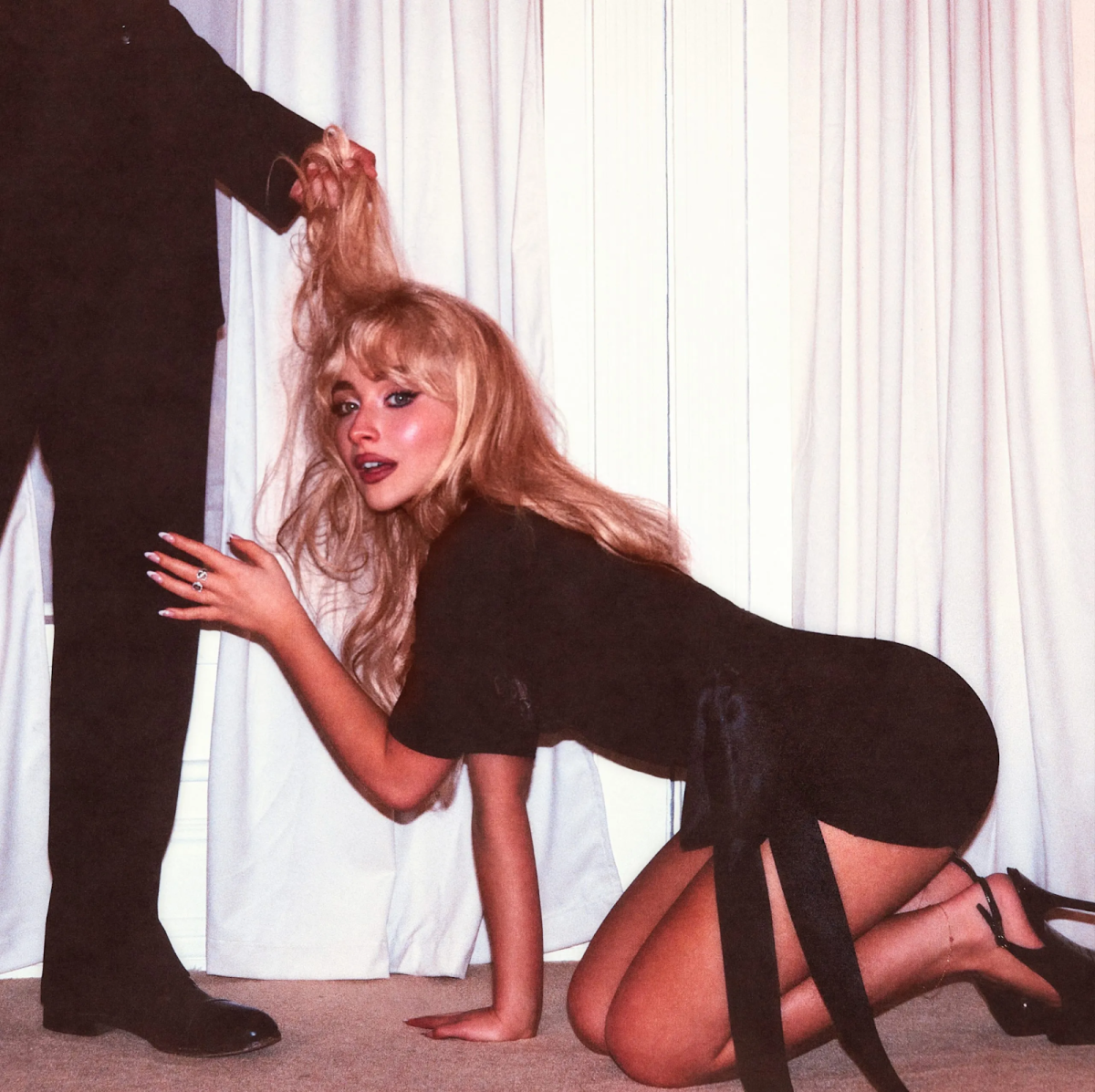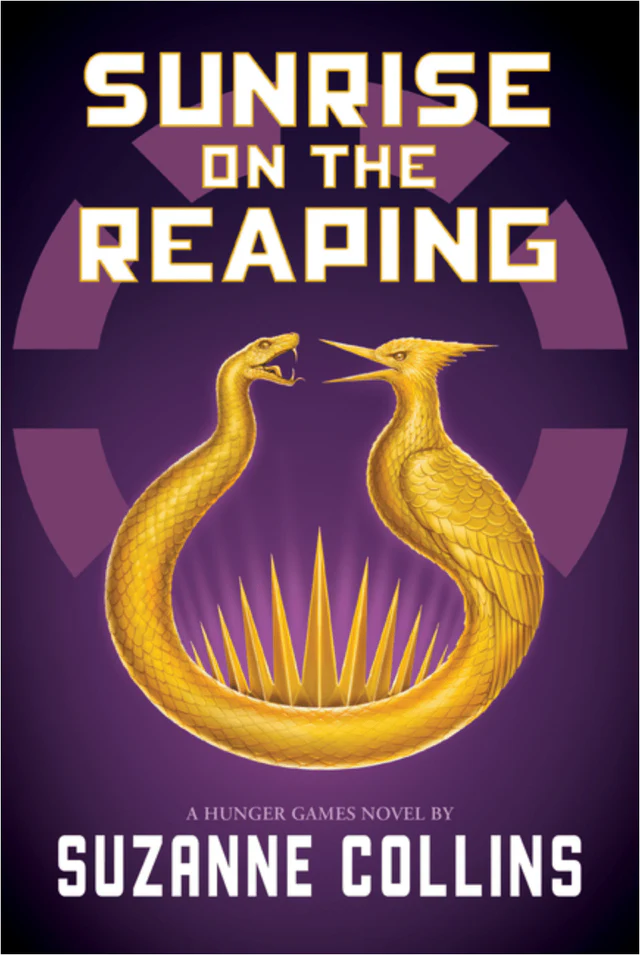Released on Oct. 3, 2025, Taylor Swift’s “The Life of a Showgirl” mixes upbeat pop tracks with slower, reflective songs, feeling like a gentle shift rather than a dramatic comeback The album gives fans a glimpse into her life behind The Eras Tour, her sixth concert tour that featured songs from all of her studio albums, making it feel like a diary. Two weeks prior to the release of the album, Swift announced that the “Official Release Party of a Showgirl” would run from Oct. 3 to Oct. 5. The 90-minute launch event took place in select theaters and featured behind-the-scenes footage of the music video for lead single “The Fate of Ophelia,” along with Swift’s commentary on each song. She also shared brand new lyric videos of the remaining tracks.
“The Fate of Ophelia”:
This song was the standout of the album, topping charts soon after its release. An ode to art history and Shakespeare, the song metaphorically draws on the character of Ophelia from Shakespeare’s play “Hamlet.” In it, Swift praises the person who saved her from the fate of Ophelia, a character who drowned due to the madness and grief the men in her life caused. This glossy pop song was quite the opposite of the tragic play, with its upbeat grooves and shimmering, danceable beats that drive its energetic and infectious rhythm.
“Elizabeth Taylor”:
This song references the 20th-century American child star, Elizabeth Taylor, and explores the complicated relationship between fame and celebrities. Echoing the songs from her “Reputation” era, the chorus drives the track and illustrates the same confidence. While this production is a bit brighter, the main idea of owning your reputation, either good or bad, is the same. Brighter and more upbeat than some of her other songs, “Elizabeth Taylor” carries a soft-rock vibe that stands out in the album.
“Opalite”:
This sweet pop track channels the upbeat vibes of “Midnights” and “1989.” Playful and energetic, it references getting through hard times by having someone to root for you, and is a completely unapologetically happy song that makes you want to dance in the rain, carefree and full of hope.
“Father Figure”:
Aiming for a grand statement, this song tries to stand out with its dark, brooding vibe, yet ultimately falls flat. Featuring a brilliant nod to George Michael’s “Father Figure” sample, the song provides a musical reference that lends the track a timeless gravity. Additionally, the song’s structure reflects the ups and downs of fame and the struggle of finding a genuine connection in a chaotic public life. Taylor’s track dives headfirst into heavy topics, notably the complex trauma of mentors exploiting young talent. However, this narrative is delivered with a clumsy heaviness, which makes the powerful theme feel difficult to process. The ambition is admirable, but compared to other songs, the emotional labor makes it harder to enjoy.
“Eldest Daughter”:
The album’s fifth track is a soft and heartfelt ballad. With gentle piano and guitar, it talks about the pressure of being the first in the family to face hardships. Compared to earlier songs, “Eldest Daughter” moves at a slower pace, and some of the lyrics feel less impactful. The line “Every eldest daughter was the first lamb to the slaughter” tries to portray the responsibility children can feel; however, it oversimplifies a multi-layered experience to a single non-impactful metaphor. Swift also incorporates dated online language, like “trolling,” “punk” as well as “apathy,” making the song’s overall message feel confusing.
“Actually Romantic”:
“Actually Romantic” has a lively vocal style and noticeable chord sequence. Swift points out that all attention, even hate, is still attention, framing the track as a love letter to those who despise her. Even with a unique theme, the song felt familiar and unoriginal. Overall, it’s one of the weaker tracks.
“Wi$h Li$t”:
Another upbeat song on the album, “Wi$h Li$t,” aims for the perfect suburban dream — “a couple kids” and a “driveway with a basketball hoop.” While the melody is bright with cool key changes, the song has a generic energy. The message is also sweet, yet forgettable, delivering an expected pop formula.
“The Life of a Showgirl”:
The album’s closing track is a duet with Sabrina Carpenter that tells the story of a fan meeting their idol. It looks at what fame is really like with a big, dramatic sound, achieved through a combination of layered instruments and smooth production techniques. The use of violins provides a theatrical feel, while the guitars give it a warm, real foundation. On the production side, the verse remains scarce, building slowly, while the chorus can be heard with all the instruments. Still, it falls on the shorter and more underwhelming side, making an adequate end to the album.
“The Life of a Showgirl” is a mix of highs and lows, showcasing Swift’s infamous pop sound along with some slower tracks. From chart-topping “The Fate of Ophelia” to softer tracks like “Honey,” the album features the different sides of storytelling. Some songs tell stories about love, heartbreak and self-reflection, while others paint a more cinematic scene. Overall, the album uses dynamic chorus, emotional tones and a variety of musical styles to tell the story of a performer, blending extravaganza with depth.

